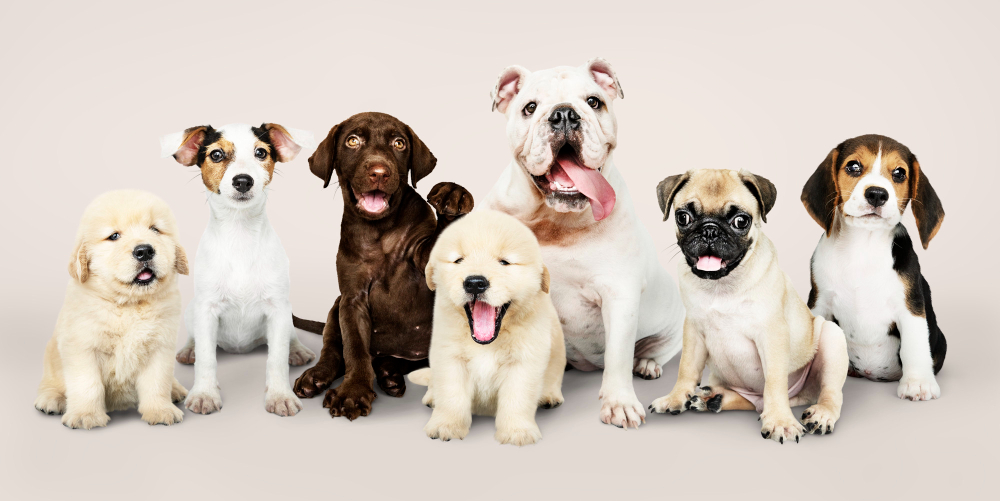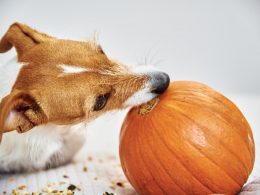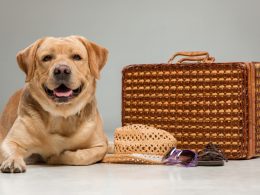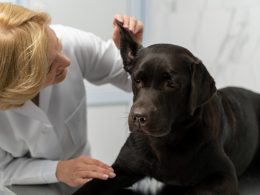Are All Dogs A Species? Are Dog Breeds The Same As Species?
You must have come across different breeds of dogs throughout your life, some big, others small, some furry, and even hairless. You might think, “If the dogs are different breeds, that means they are different species, right?” No! Although the morphological differences are “glaring,” and that’s why many people think that dogs are of different species, all dog breeds belong to the same species.
What Kind Of Specie Is A Dog?
To better understand the subject, you need to know the concepts of species and breed. Biologist Ernst Mayr developed the most current species concept. He defines organisms of the same species as those found in the same population, which interbreed or have the potential to interbreed and produce fertile offspring under natural conditions. The breed is a concept that obeys several parameters to classify different populations of the same biological species according to their genetic or phenotypic characteristics. Dog breeds are regulated by official entities that establish structure and conformation standards for each of them.
Domestic dogs belong to the same family as foxes, jackals, coyotes, wild dogs, and wolves. The name of this family is Canidae, and there are divisions of genera and species. All domestic dogs belong to the same species, which is called Canis lupus familiares.
If Dogs Are The Same Species, Why Are These Breeds So Different?
This happened because the descendants of dogs, the wolves, were selected to have characteristics desirable to humans when domesticated. What does it mean to choose a feature? We call selection the process of crossing animals of the same species to acquire desirable characteristics, such as size, behavior, and even appearance in the next generation. But calm down. Wolves didn’t turn into pugs overnight! This selection of breeds began with the domestication of dogs over 130,000 years ago! Experts believe that the tamer wolves were approaching humans looking for food scraps left by humans in the Paleolithic era, between 30 and 12 thousand years ago. And with that, humans realized that it was good to have these animals around, to protect them from larger animals and even from other tribes of humans that could attack them. As a result, this bond between humans and dogs became closer, and the species Canis lupus (grey wolf) was an artificial selection for specific characteristics, mainly linked to behavior. After all, no one wants to have an angry dog around, right?
But why are these races so different? The domestication of dogs took place on different continents and in several tribes. Each one was carrying out the crossings and selections that the humans considered most appropriate for the situation of each area, aiming at obtaining animals suitable for particular purposes, such as herdsmen, sniffers, rescuers, and animals carrying lighter loads on sleds, with their respective passengers.
Are Two Different Dog Breeds The Same Species?
As stated earlier, all races belong to the same species. However, that doesn’t mean they aren’t different. The AKC, known as the American Kennel Club, is responsible for establishing parameters that define each breed. Each breed’s ideal physical traits, movement, and temperament are set down in a written document called a “breed standard.” For example, the breed standard sets forth the characteristics that make a Siberian Husky a Siberian Husky and not a Malamute. There are over 340 dog breeds known throughout the world, but The American Kennel Club recognizes only 199 breeds.
In addition, the AKC divides dog breeds into seven groups according to characteristics that are most similar to each other. Are they:
Sporting Group – Sporting Group- The dogs that we call “sportsmen” are descendants of those bred to work with human hunters, to locate, raise or seek hunting, mainly birds. Over time, humans adapted these predatory instincts and behaviors inherited from wolves and caused these dogs to stop killing. Hunting has become a sport for the animal – the only complete predator in this process is the human being. Among the breeds that stand out in this group are: Labrador Retriever, German Shorthaired Pointer, and Cocker Spaniel.
Hound Group – Hounds are hunters and pursue their prey – usually mammals, not birds, as in the case of sport dogs – using sight, smell, or a combination of the two. However, unlike the group of sportsmen, these dogs generally did not wait for the slower humans to go hunting – they ran ahead of the hunters. Among the breeds that stand out in this group are: Bloodhound, Dachshund, and Greyhound.
Working Group – They were developed to assist humans, including pulling sleds and carts, guarding flocks and homes, and protecting their families. Among the breeds that stand out in this group are the Siberian Husky, Malamute, and Great Pyrenees.
Terrier Group – Terriers were great at hunting and killing rodents, pest animals, and small mammals, even digging deep into the earth to find them. Sizes range from relatively small, as in the Norfolk, Cairn, or West Highland White Terrier, to the more enormous and grand Airedale Terrier.
Toy Group – The Toys’ dogs are the most glaring evidence of the deep bond between humans and dogs. While some toy breeds were meant to hunt small animals considered pests or scare birds away from vegetation, many of them were bred over the centuries to satisfy the emotional needs of human beings – as a company or “decoration.” They did not perform essential tasks for the owner. Some popular breeds that stand out in this group are Pug and Silky terrier.
Non-Sporting Group – Non-Sporting dogs are made up of diverse breeds with varying sizes, coats, personalities, and overall appearance. They come from various backgrounds, so it is hard to generalize about this group of dogs. In this group are Bulldog, Chow chow, and Keeshond.
Herding Group – The Herding Group comprises breeds developed for moving livestock, including sheep, cattle, and even reindeer. Herding dogs work closely with their human shepherds, and their natural intelligence and responsiveness make them highly trainable. The breeds that stand out in this group are Border collie, Puli, and Bouvier des Flandres.














